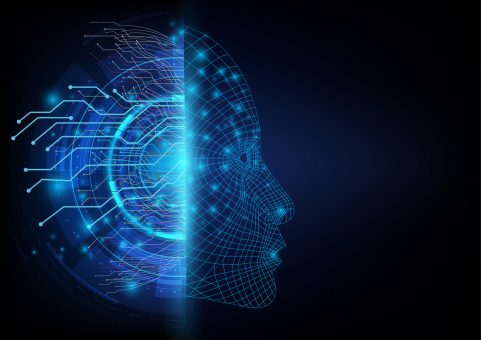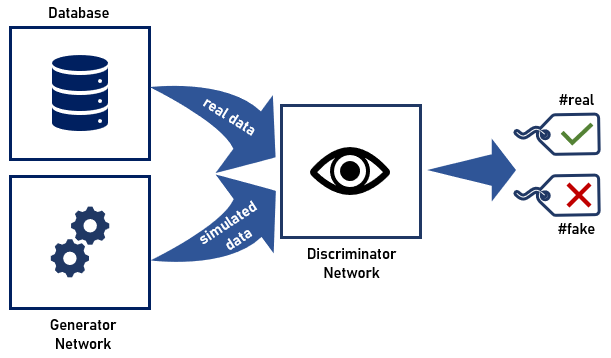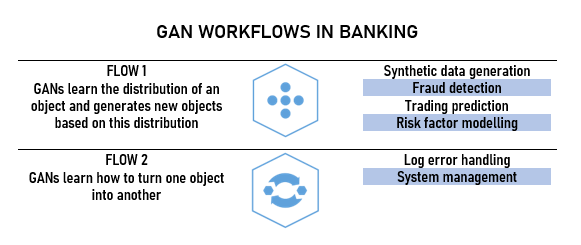
Deep Learning in Banking IT
AI in Banking IT – Pt. 3
Artificial intelligence (AI) is a rapidly evolving field with a cornucopia of usages and benefits everywhere you look. Banking IT is no exception. But what does AI entail? What kind of processes does it build on? What makes it so versatile? This series on AI in banking IT will give a glimpse into the key fields of AI and where and how they are used in banking IT operation. This instalment discusses Deep Learning and more specifically GAN technology.
Deep Learning
As you probably already know (or have read in the first part of this series), Deep Learning is a subset of Machine Learning, which in turn is a subset of Artificial Intelligence. It mimics the workings of the human brain by using deep neural networks, analyzing several layers and features of the input data. As opposed to ML, it requires huge computing power for making sense of these layers of meaning. Deep Learning is already successfully used in Banking, for instance in fraud detection.
GANs
Within DL, we are going to focus on one of the most versatile concepts: GANs. Generative Adversarial Networks create synthetic data that mimics the structure of the original input. The word “Adversarial” in the name pretty much describes the essence of how these networks operate.
To put it simply, a Generator Network and a Discriminator network are pitched against each other in a game of real or fake. The Discriminator learns the distribution of real data and has to recognize it as authentic. The Generator creates fake data mimicking real distribution. The Discriminator examines this data as well and tries to classify as real or fake.

Both networks are dynamically learning and improving.
Uses
GANs are highly useful when you don’t have enough real data (flow 1) or when you want to learn how turn an object into another (flow 2).
Flow 1 – GANs learn the distribution of an object, for instance that of a cup. Based on this distribution it generates new cups. This technique is useful in synthetic data generation, predictive analysis, as well as fraud detection.
Flow 2 – We have 2 objects. With the help of GANs, we can learn how to turn one into another. I.e. how to turn a 2D picture into a 3D object. Or, more importantly, a person reluctant to take out loans into a person eagerly making use of loans. GANs do this by learning what distribution takes you from object A to object B. This is used, for instance, in log error management.

The future of GANs in Banking
As any emerging technology, GANs also have their teething problems. These mainly revolve around insufficient data and computing capacity, as well as the low number of specialized experts. But in spite of these challenges, GAN usage is expected to spread in the financial world. It could offer gigantic advantages in trading, improve product cross-selling, and even perfect automated points of contact. GANs are also an escape forward; on the long run, financial institutions cannot evade putting more resources (external or internal) into fraud detection, as the same tool will be used against them.
